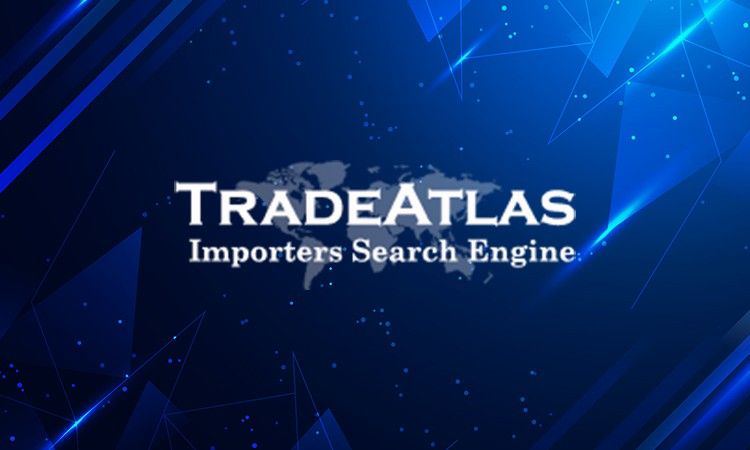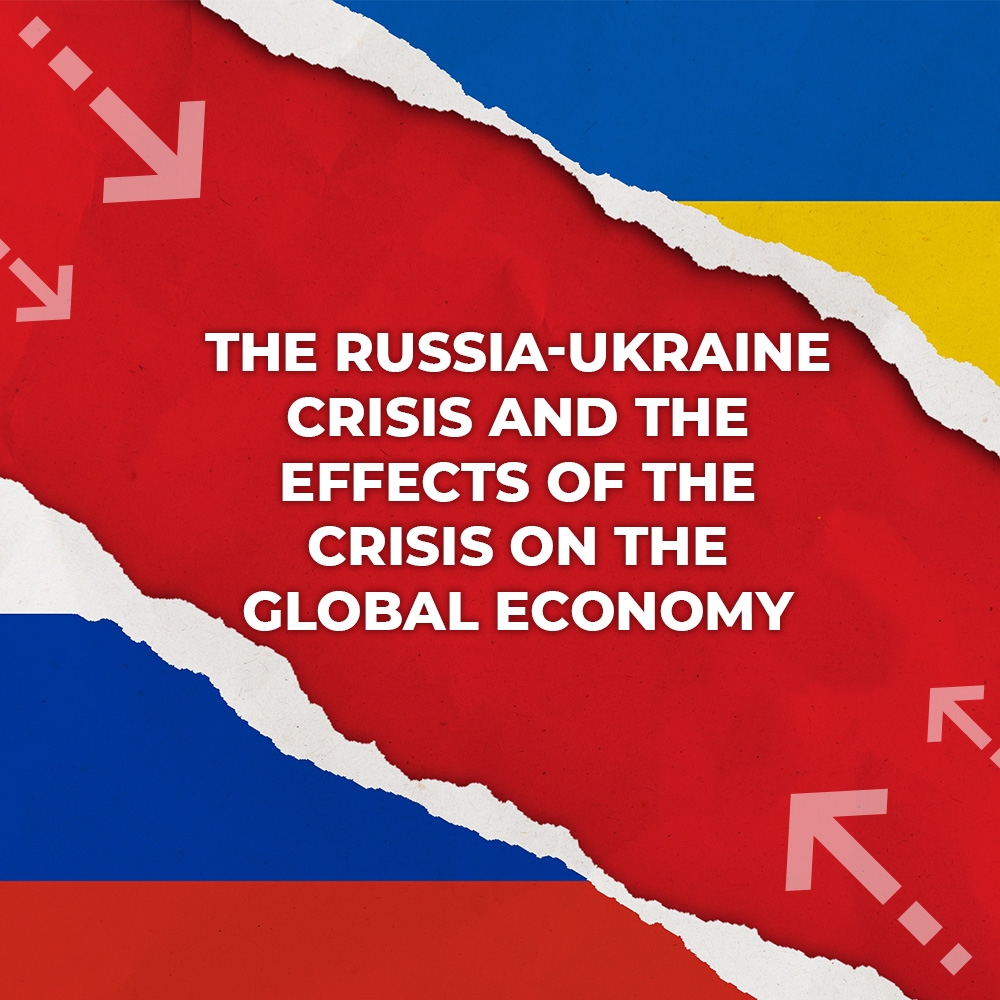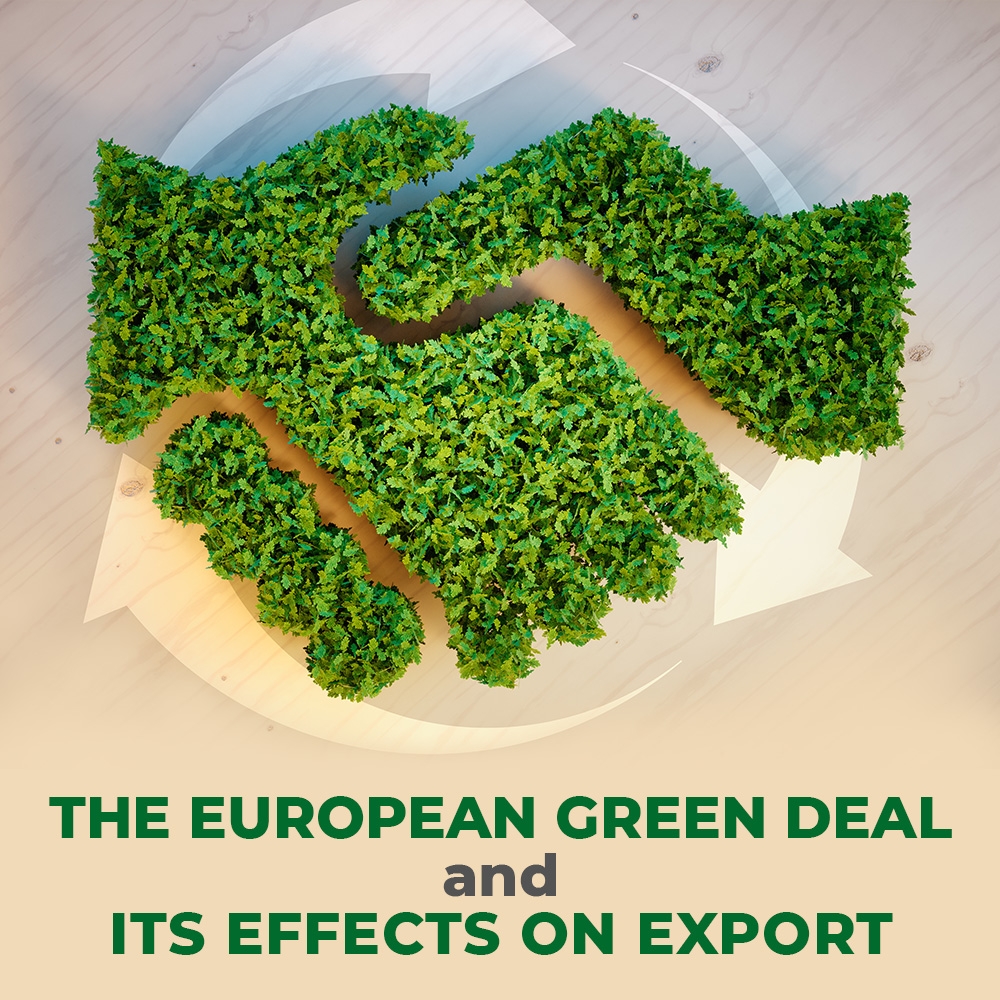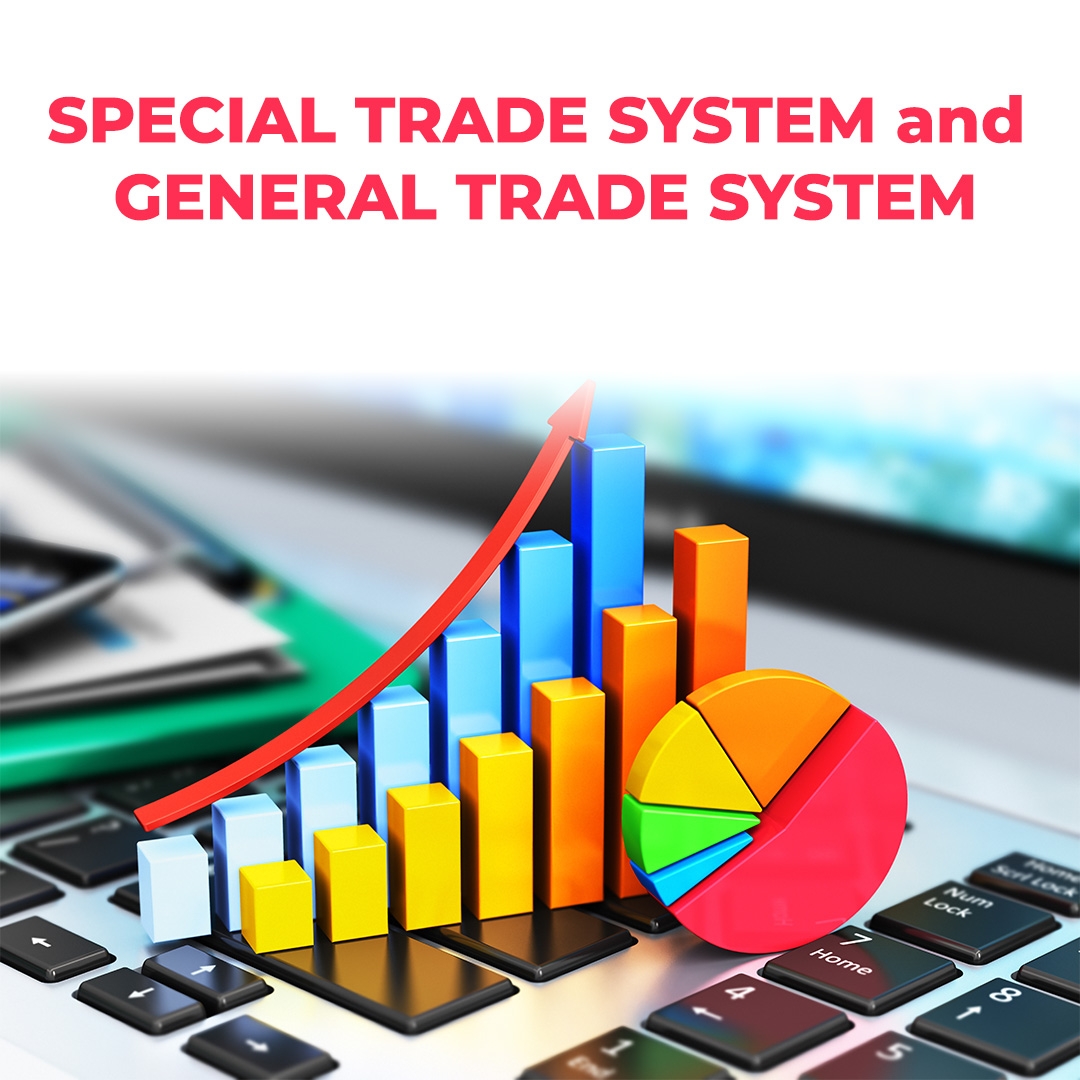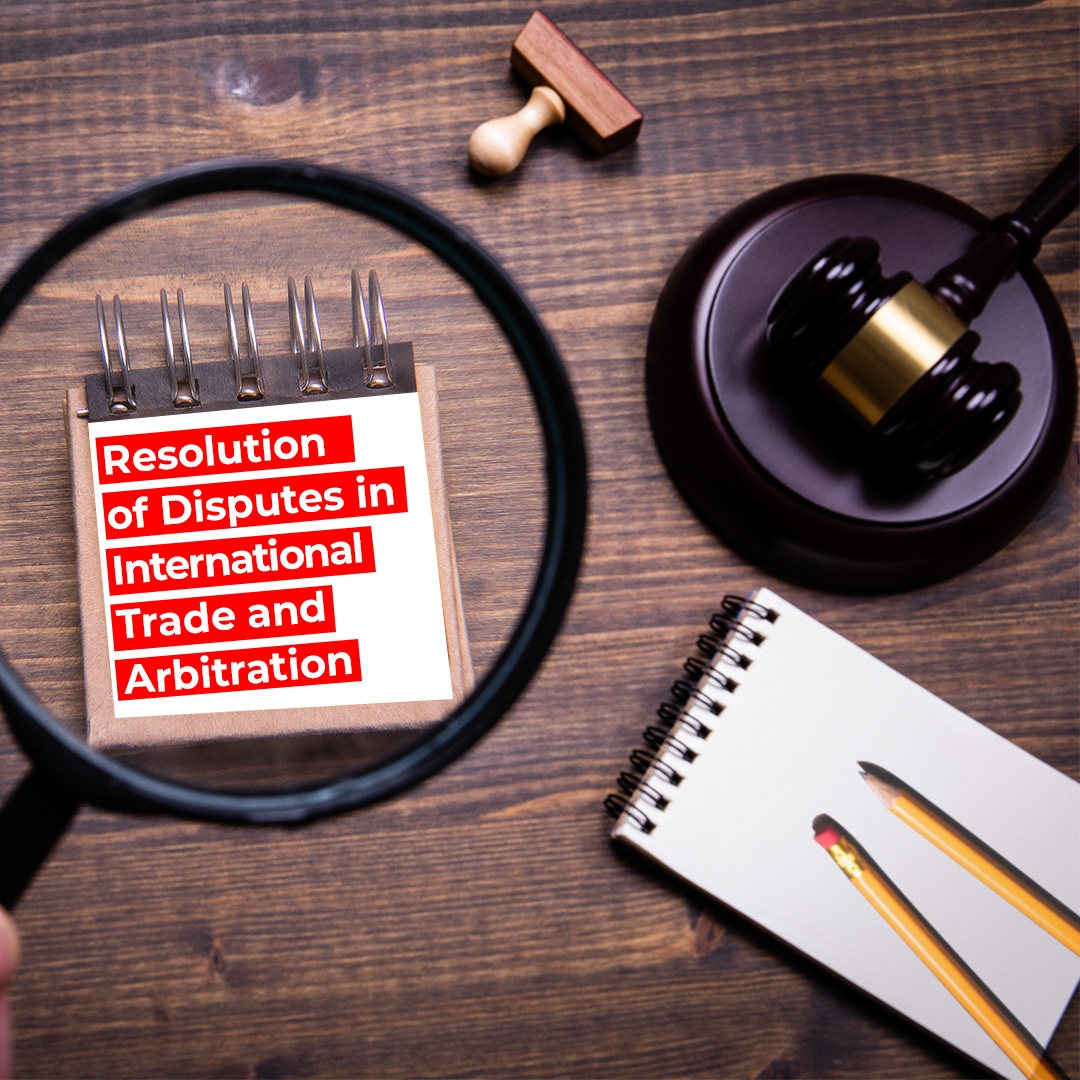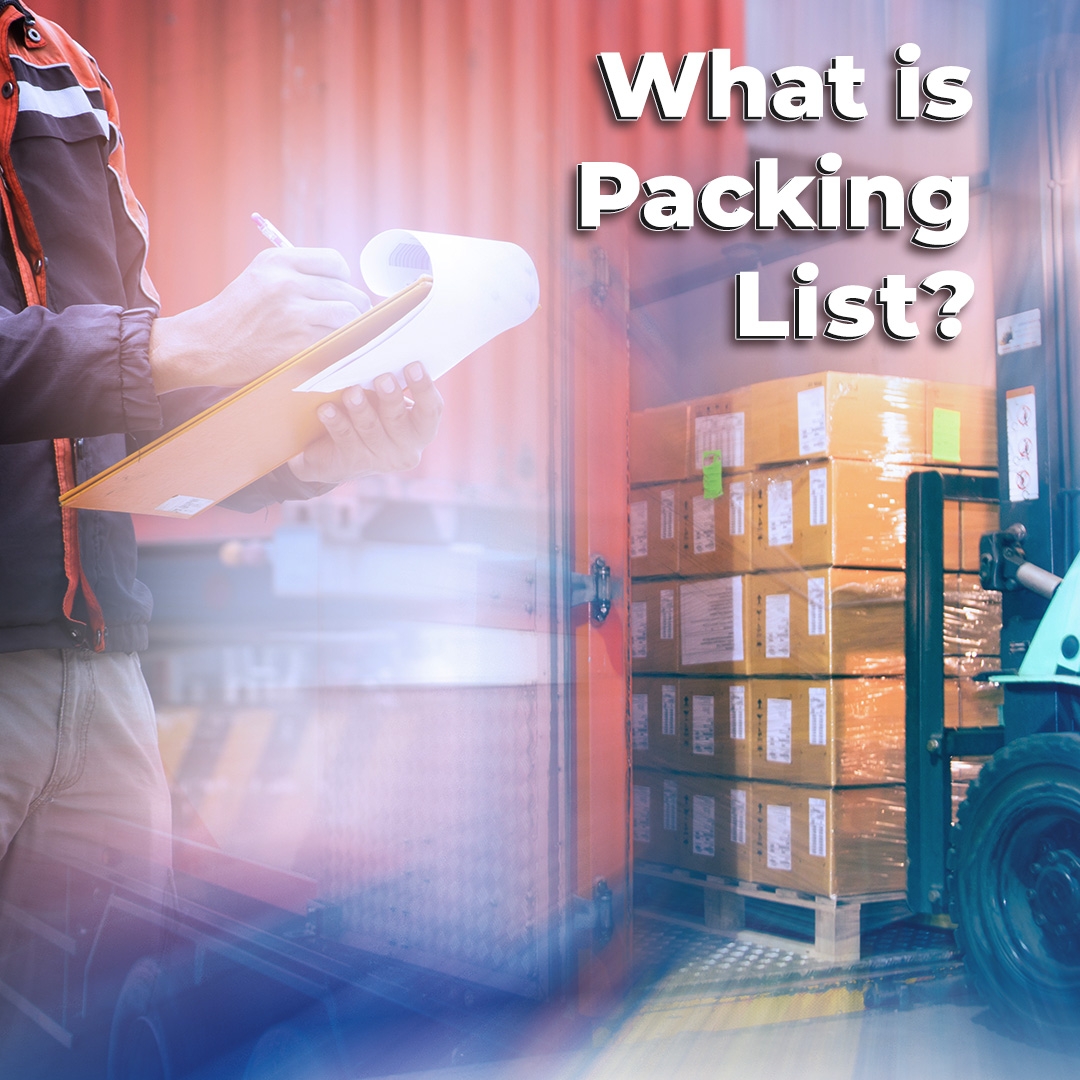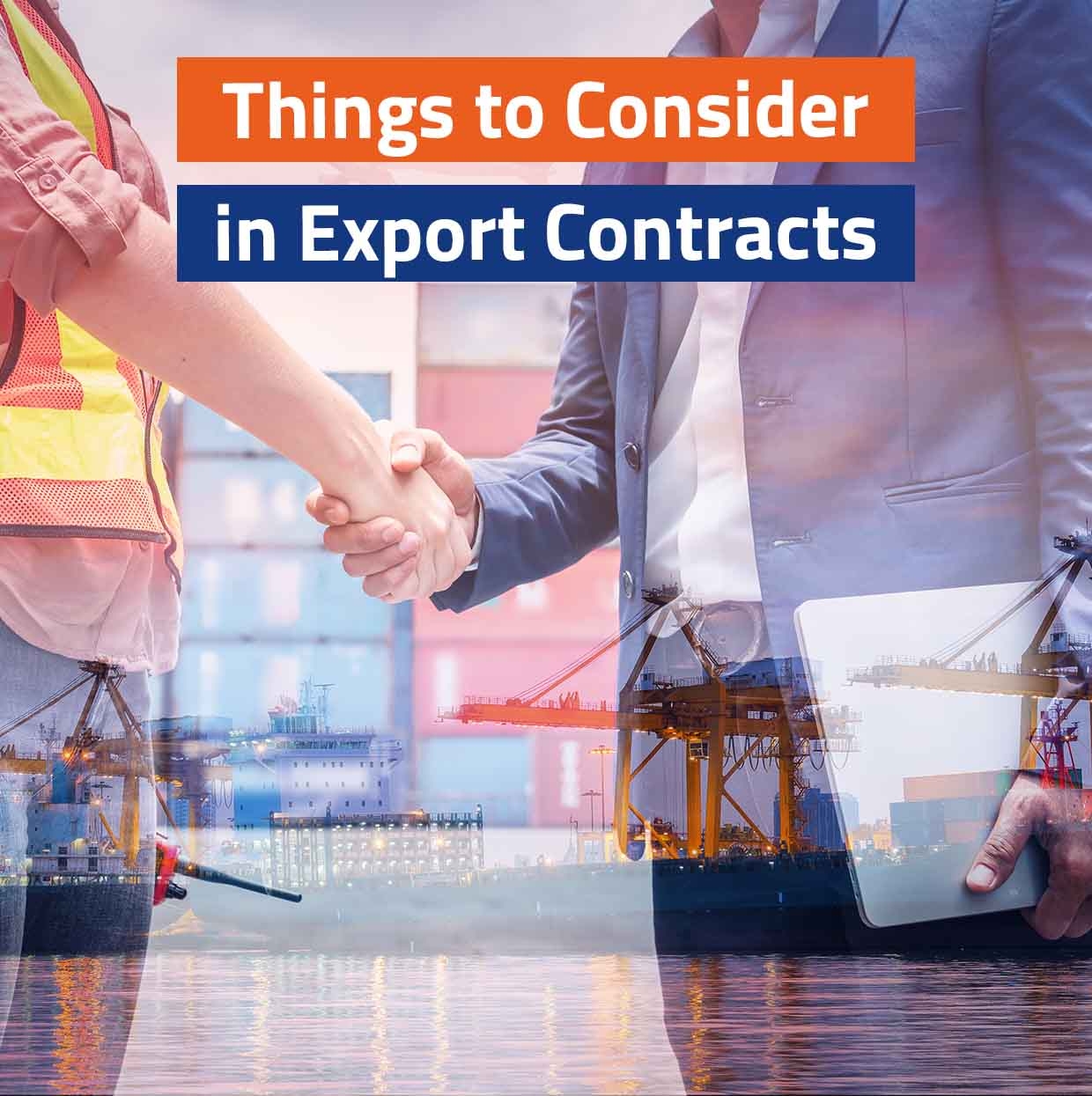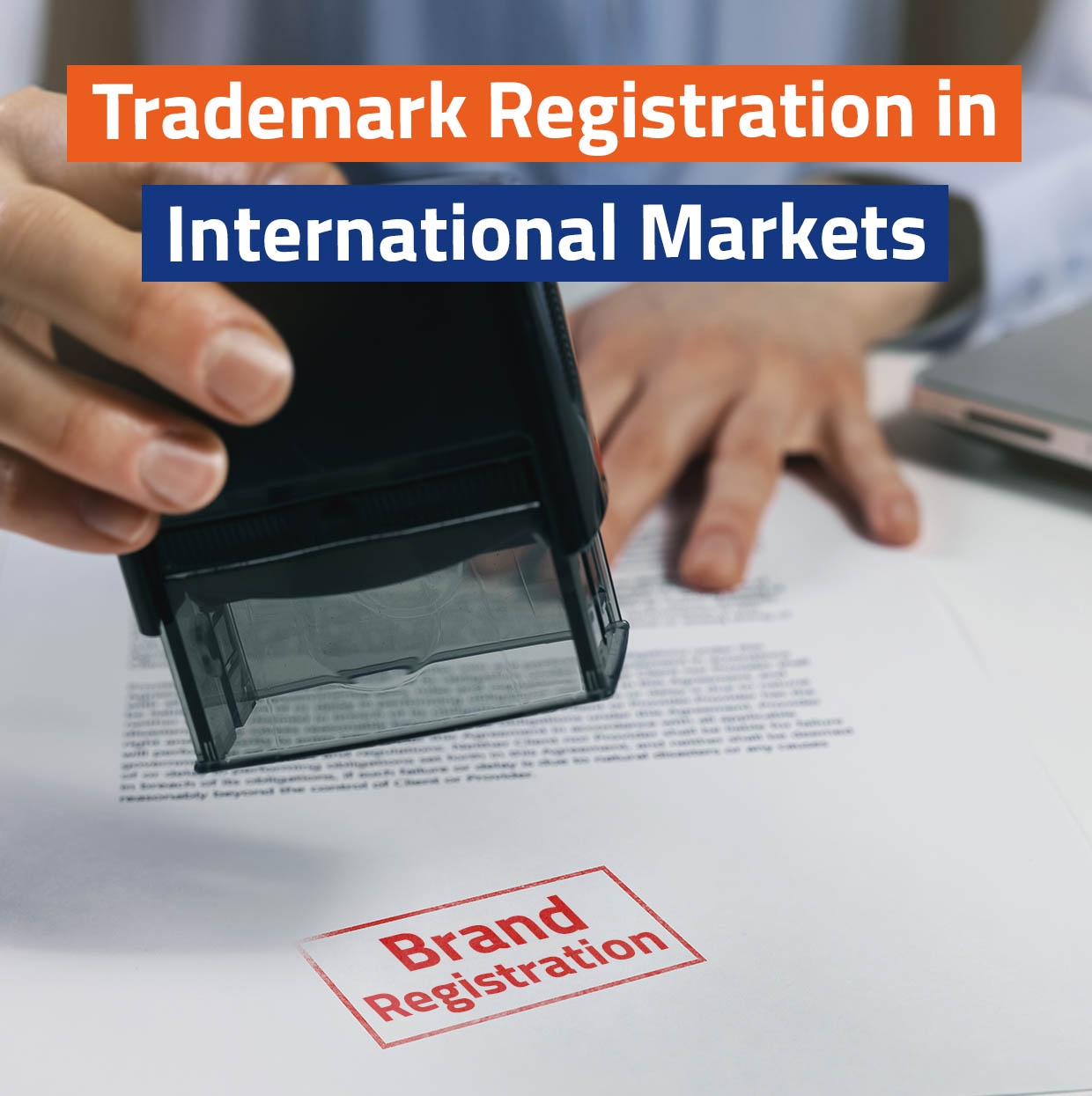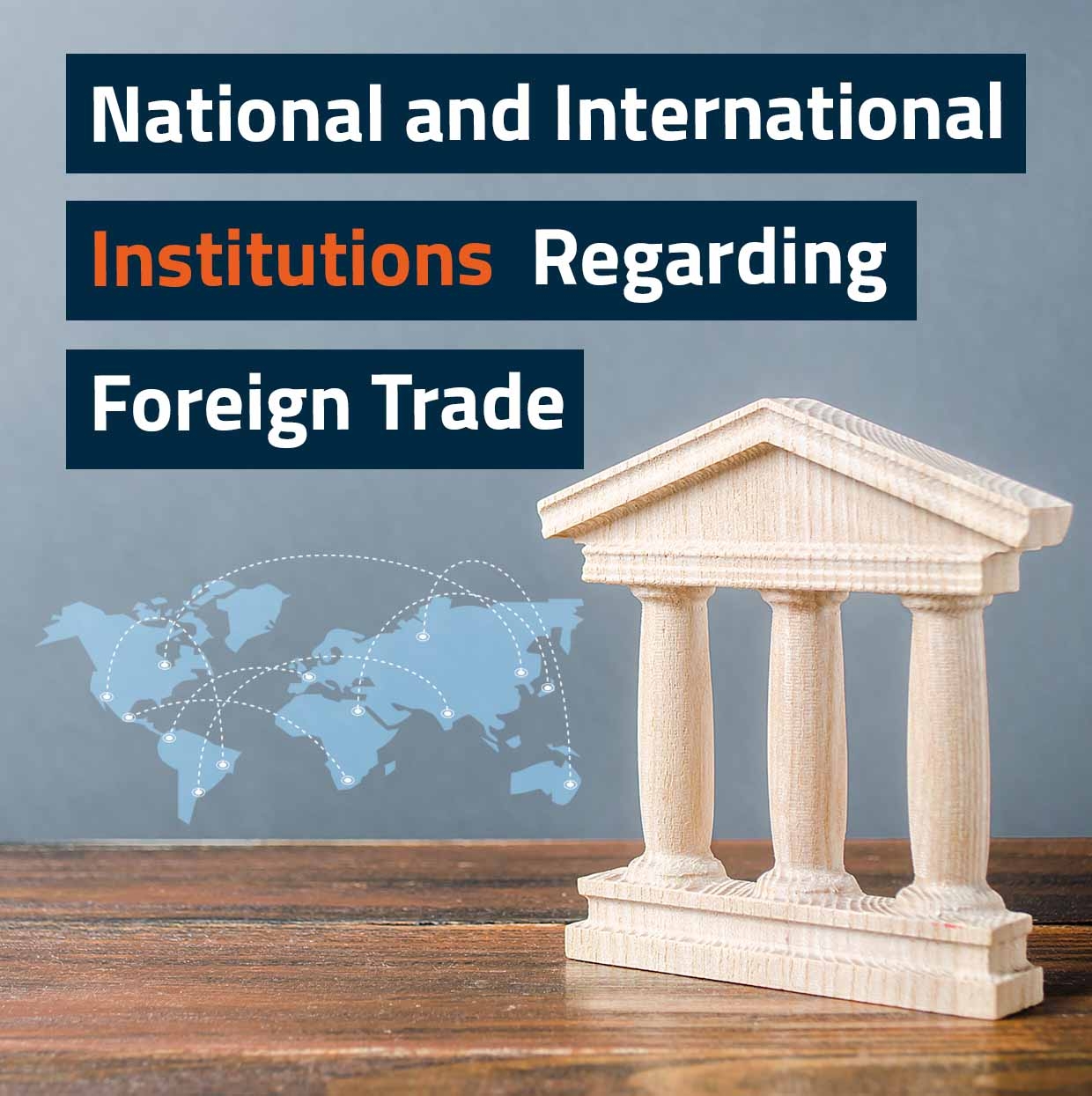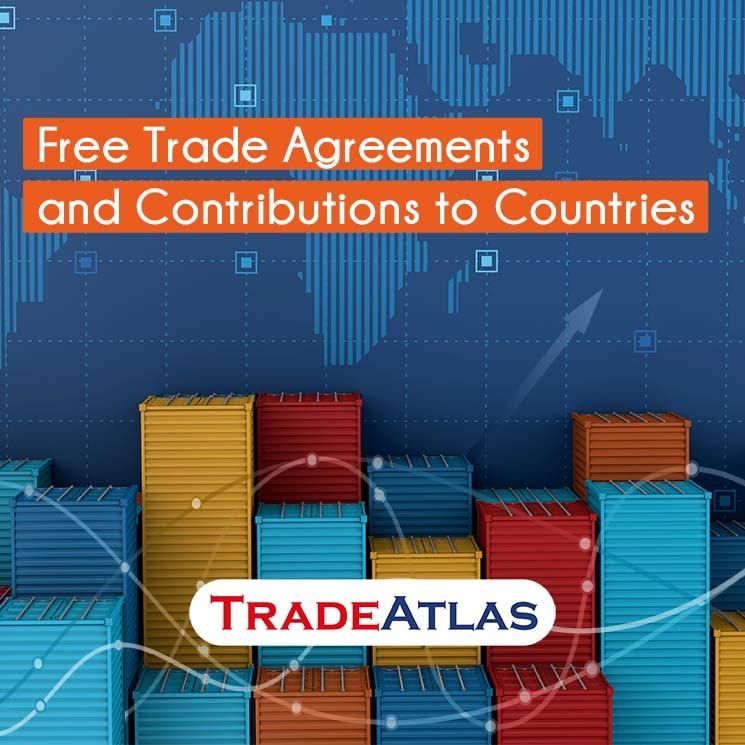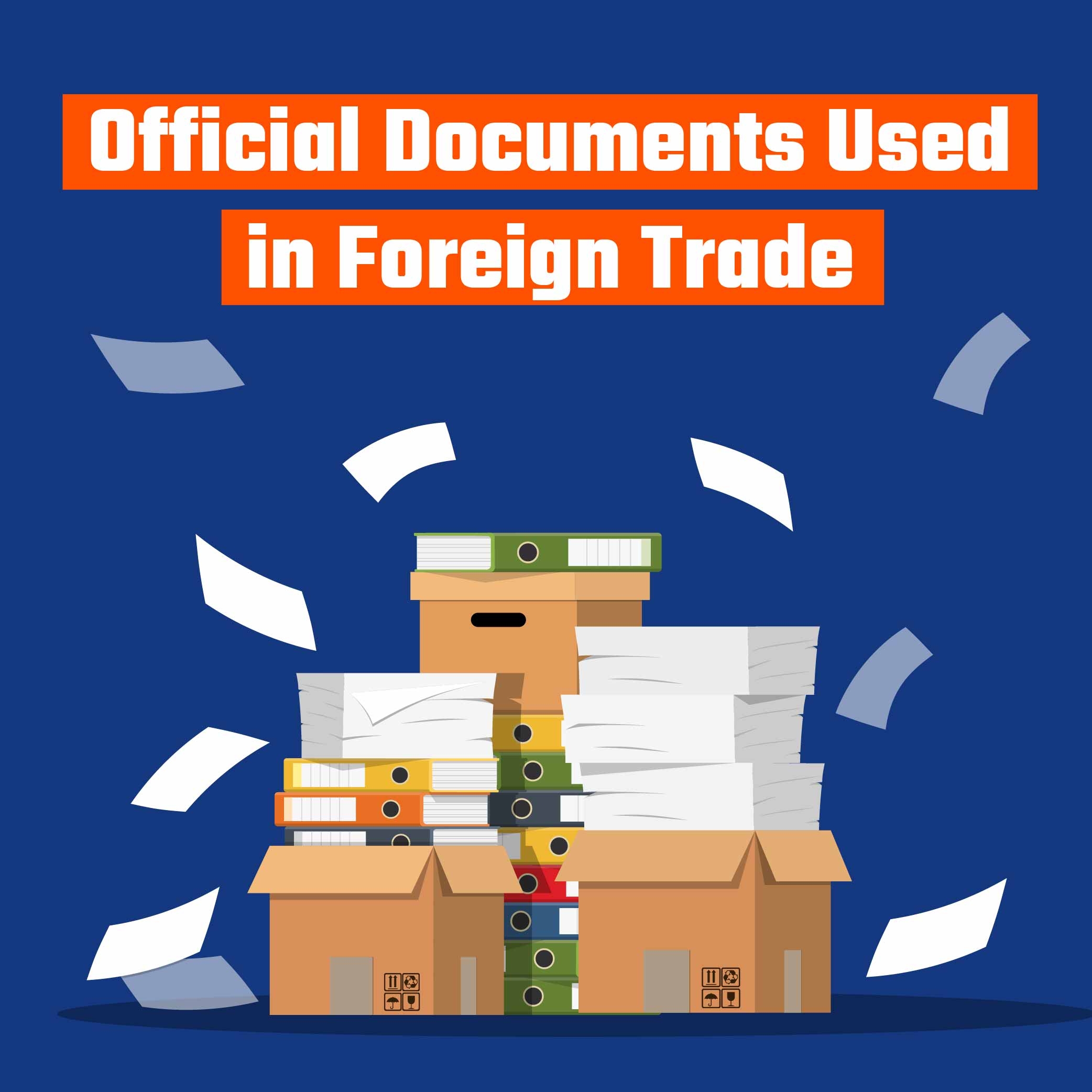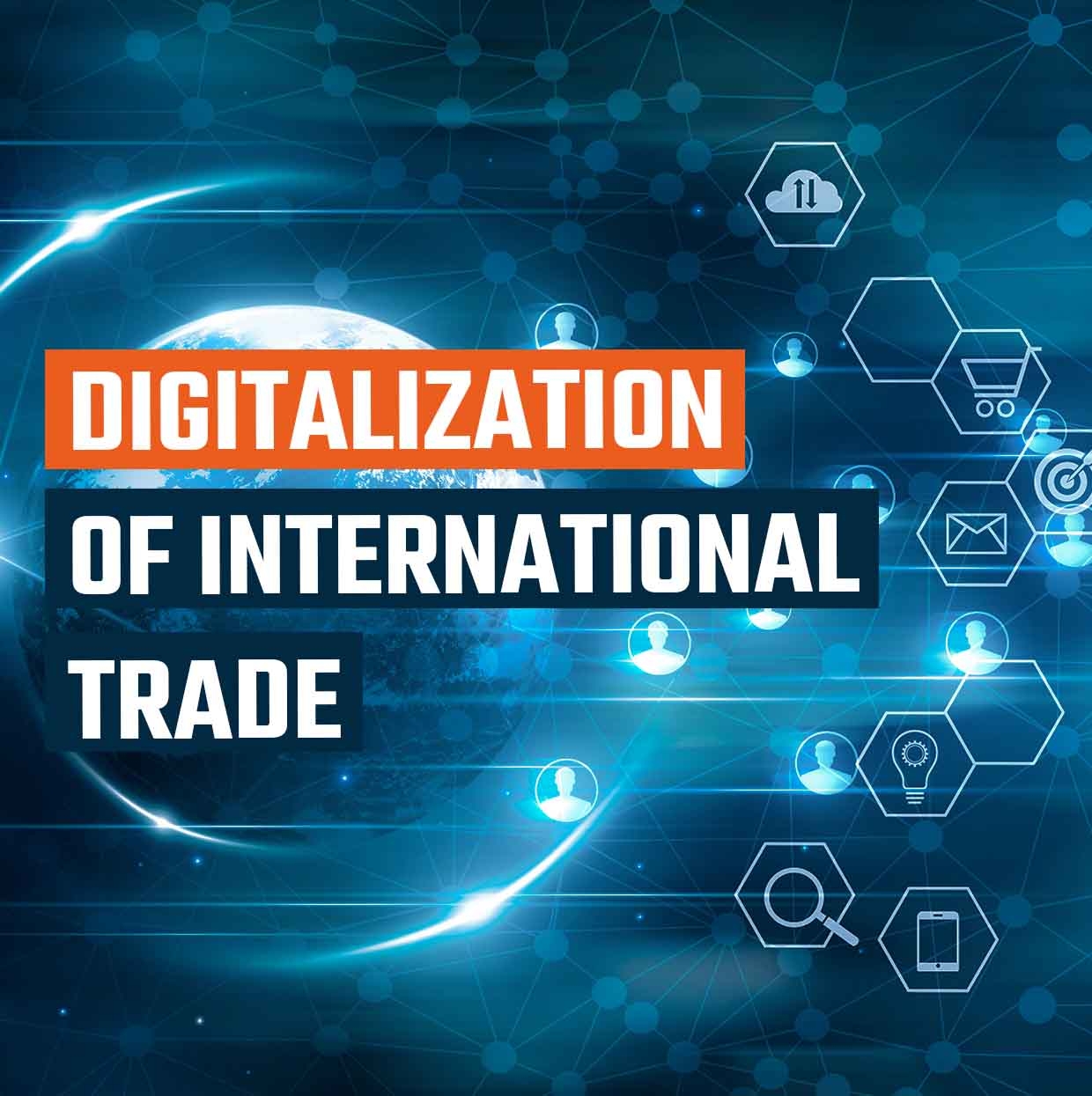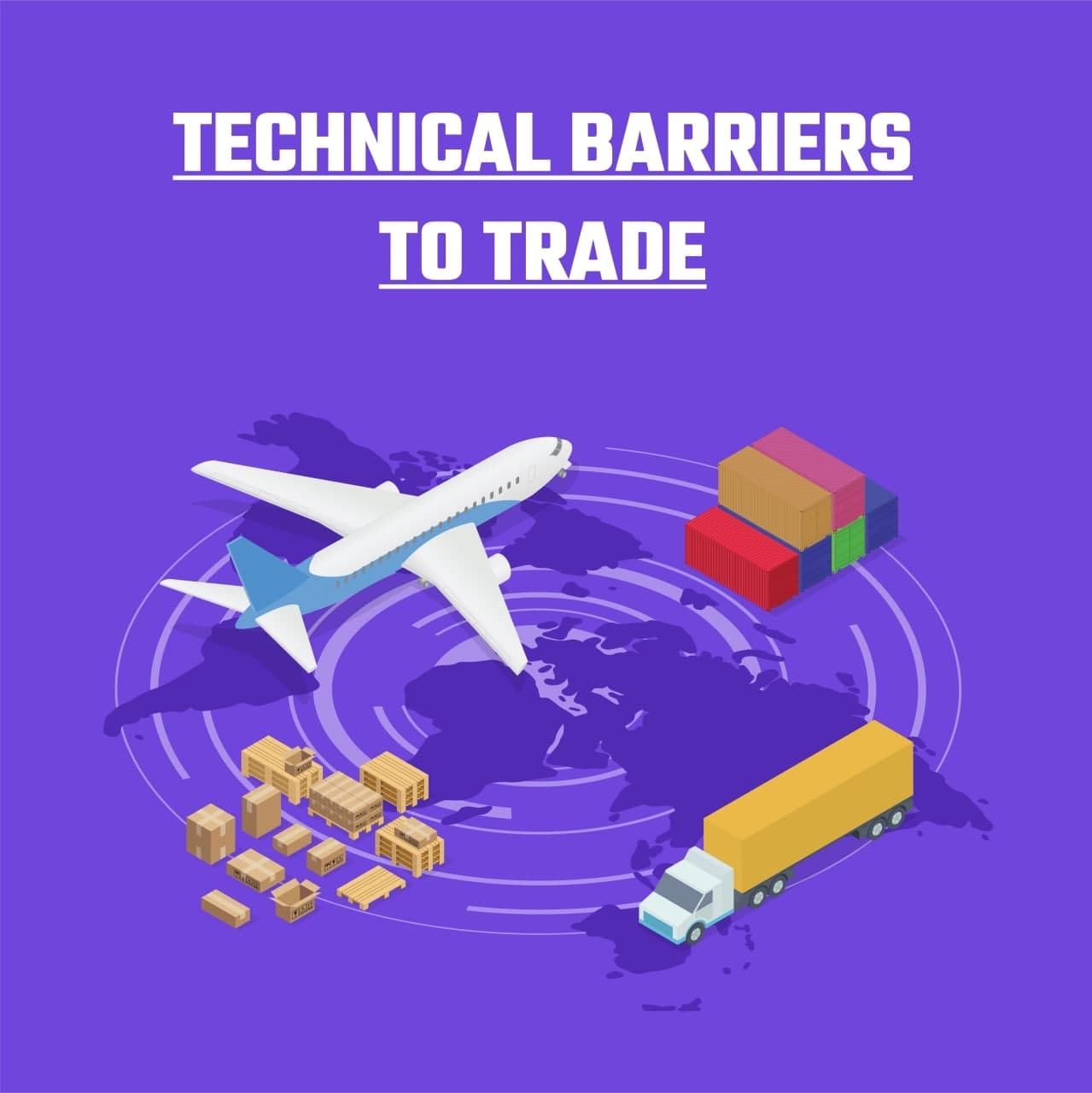What
is a Trademark?
A
trademark is a sign that enables the goods or services offered by an
enterprise to be distinguished from those of other enterprises.
What
Can be a Trademark?
Trademarks
are distinctive words, letters, numbers, drawings, images, shapes, colors,
logos, labels, or combinations of these that are used to differentiate products
or services. Advertising slogans are recognized trademarks in some countries
and can be registered in national trademark authorities. An increasing number
of countries also enable the registration of three-dimensional indications
(product or package forms), sound markings, and scents as trademarks. However,
many countries restrict what can be registered as a trademark, allowing only
visible or graphically detectable marks to be registered.
Grounds
for Refusal of a Trademark
The
following are some of the most prevalent reasons for refusal:
· Errors
and deficiencies in the application process,
· Merely
descriptive of the applicant's goods or services, or deceptively misdescriptive,
· General
words or design,
· Similar
to a registered trademark,
· Confusing
terms or design that might mislead the consumer regarding the product's origin,
producer, quality, material etc.
· The
proposed trademark might be used to denigrate or falsely indicate a link with
living or dead people, institutions, beliefs, or national symbols, as well as
bring them into disrepute,
· Official
words, terms, designs or pictures,
· Merely
a surname.
International
Trademark Registration
Since
the trademark registration documents are valid only in the country where the
application is made, a separate application must be made to the countries where
protection is requested. There is no worldwide registration system. In the case
of an application for registration to the authorized institution in the country
of residence, registration creates rights only within the borders of that
country. The use of unregistered trademarks in international sales transactions
creates risks for companies in global trade.
Companies
should apply for trademark registration to the countries where they want to
register their trademarks. These applications can be made directly to the
official institutions of the country of interest, or in the case of
international agreements, they can be made using international institutions.
There are various application methods for trademark registration abroad.
1.Direct
Application
A
direct application can be made to the patent office of the country where the
trademark is desired to be registered. In order to apply for trademark
registration in non-citizen countries, it is necessary to work with a resident
and authorized trademark patent attorney in that country. The process of
appointing a proxy is different for each country and in some countries, it can
be even more costly than trademark registration.
2.
Application Using International Application Institutions
It
is both costly and burdensome to carry out the registration procedures by
making separate applications for each country. As a result of globalization and
the necessity for practical growth in business life, various global
registration systems have been developed. Some of these global registration
systems are as follows:
2.1
Madrid System
The
use of the Madrid System in international trademark registration provides the
advantage of applying to more than one country selected with a single
application, language, and currency.
Firms
must first register with, or file an application with, their "home"
IP office before filing an international application. The registration or
application is known as the basic mark. The firms must next submit their
international application to the same IP Office, which will certify and
transmit it to the World Intellectual Property Organization (WIPO). The
application is sent to the pre-selected countries for the registration of the
trademark by WIPO. These countries carry out research on trademark registration
separately and only for their own country.
One
of the most significant advantages of the Madrid System is that if one country
refuses to register a trademark, it has no effect on other countries. Other countries may still approve this
application. However, although applications can be made from the offices in the
country of residence, in the case of an objection, proceedings must be made
from one of the offices in the country of objection. In order to prevent
cancellation, the trademark must also be used in all countries where it is
registered.
You
can reach the member countries of the Madrid System by clicking here.
2.2
European Union Community Trademark
This
system is a registration process that takes place in all European Union member
countries. In all member countries, protection is offered through a single
application.
Community
Trademark applications can be made to the Office for Harmonization in the
Internal Market (OHIM) that has its head office in Alicante (Spain). Unlike the
Madrid System, there is no requirement to have a trademark registration or
application in the country of residence in order to register through this
system. Furthermore, the use of the trademark in merely one of the European
Union member states is sufficient to prevent the trademark from being
cancelled.
Although
it seems to be less costly to register a trademark in all European Union
countries with a single application, this system has a drawback that should not
be ignored. Countries are treated as a single country in the Community
Trademark application system. For this reason, the rejection of trademark
registration in any country means the rejection of the application in all
countries.
Companies
that export goods and services, in particular, must protect their trademarks in
the countries and regions where they operate or seek to operate. Because
trademark protection is granted on a country-by-country basis, registration in
one country is insufficient.
It
is critical to do preliminary research in the countries where trademark
registration is sought in order to avoid high costs in trademark registration
applications. When people or companies see the preliminary research costs as
excessive and prefer to apply without doing any research, they will be exposed
to high costs that will occur afterwards.
It
is very easy to reach importers and exporters all over the world directly with
Trade Atlas! Trade Atlas is a global importer and exporter search engine that
contains 1.5 billion bills of lading and shipment details data of 17 million
importer companies in more than 230 countries around the world. Trade Atlas is
with you to accompany you in taking steps towards becoming a more important
part of global trade! To become part of the global ecosystem, you can register
and search for free by clicking here.


